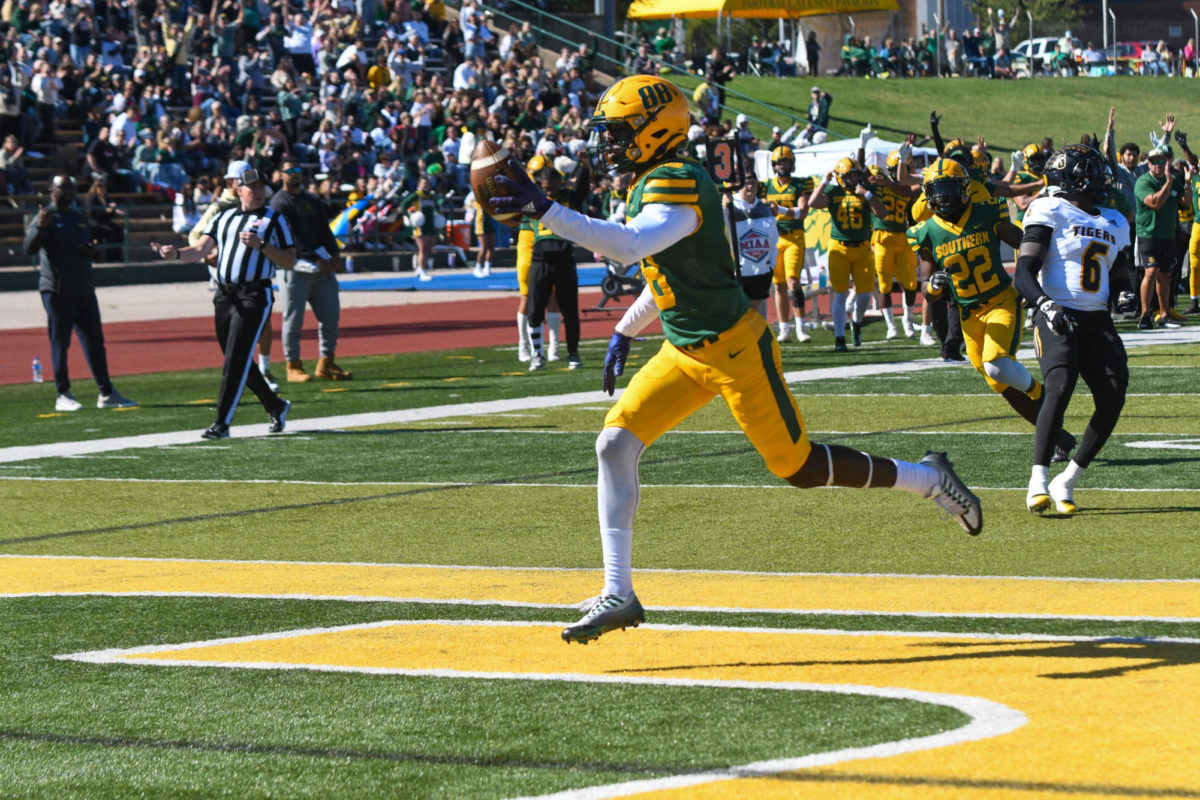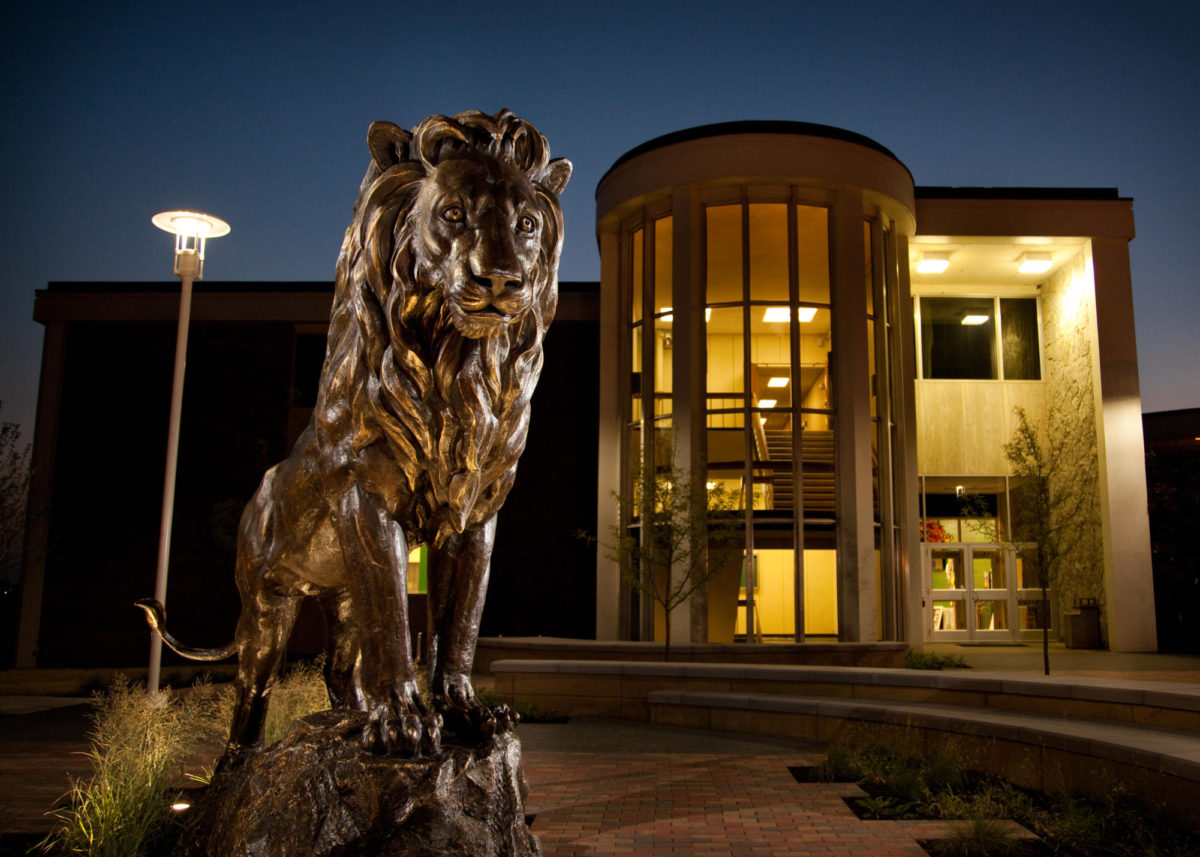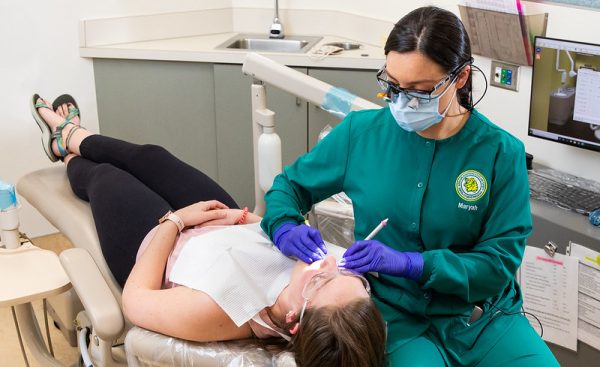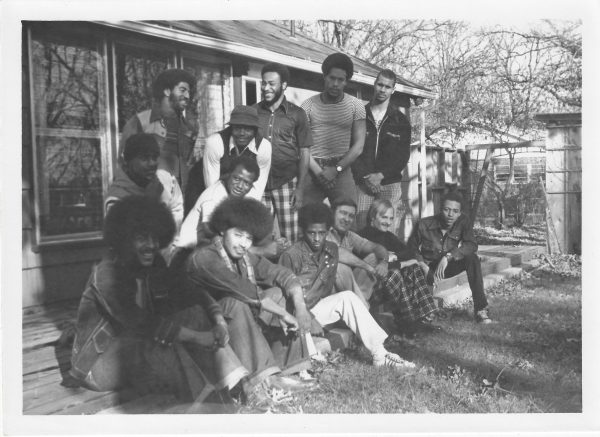Graduate’s work on display at Albrecht-Kemper Museum
Like many, Lydia Humphreys has experienced depression and negative emotions on some level.
At times she found life surrounding traumatic events to be isolating.
As a response, Humphreys has used her art to portray emotional responses, to share them with others. Her goal: to show that even when one feels isolated, they are not alone.
Humphreys graduated from Missouri Southern in December with a bachelor’s degree in fine arts in studio art with an emphasis on painting.
Before graduating, Humphreys submitted several works to the juried undergraduate exhibition at the Albrecht-Kemper Museum of Art, in St. Joseph, Missouri.
In March, Humphreys learned two of the paintings – which were included in her senior show – had been selected for the exhibition.
The portraits were part of her thesis series, which focused on people’s negative emotional responses. Her models were both people she knew, and those she randomly selected.
Behind the process
Once Humphreys has selected a model, she asks them to sit down for an interview. During the session she asks them to talk about their life experience, which are sometimes traumatic or negative.
“It’s very honoring to be able to hear a story like that, for them to share something so intimate with me, who’s an acquaintance,” Humphreys said.
She videos the interview to obtain all the individual’s emotional responses. Afterwards, Humphreys watches the video without audio to find a response fitting the theme she wants to depict.
Watching the videos without sound, allows Humphrey’s to focus on the model’s emotional response.
“I wanted the audience to feel like they could be one of those portraits as well,” Humphreys said. “It’s not just about the story; it’s about the fact that a lot of people have depression and anxiety.
“[I want viewers] to have this feeling that you’re not alone, because I’ve created these paintings that are depicting other people that have had these responses.”
She chose this concept because she has experienced traumatic events and knows other people who have.
“I wanted to help other people not feel as alone in the healing process, or the depression that comes after such an event, because it’s such an isolating time for someone,” she said.
Her artistic process begins with a monotone purple layer, and she eventually builds other colors on top.
“I use purple because it is a color that is reminiscent of bruises. Underneath everybody, they all have scars and bruises that you can’t necessarily see,” she said. “Whether they’re physical or mental, for me, I feel a sort of comfort knowing that I’m not the only one who’s gone through issues or trauma.”
Humphreys uses oil paints on wood panels to obtain a specific texture. She also finds oil paints are more realistic to natural light.
“Since I first had Lydia in class, she has been very dedicated to her work,” said Kyle McKenzie, assistant painting professor. “Because she works so hard, her skills have expanded continuously.
“About a year ago, Lydia reached a point where her technical abilities had become so honed and so fluid, that she could speak very freely in her paintings. Her technical skills allow her to employ a deep sense of empathy to make very moving paintings.
“I think her work connects with viewers in very diverse and impactful ways.”
When she titles each painting, Humphreys uses the time stamp from the video recording. In doing so, she is not singling out the model in the portrait, however still allowing the idea the portrait isn’t just about the model. It’s about anybody at any time in their life.
In her interview process, Humphreys shares her life experience and the reason she decided to paint these portraits.
She tells the models what sort of emotional responses she’s looking for and asks if they have any stories to share.
“Even though I know that everybody has a story that they haven’t shared with everyone else, it’s still amazing to me how terrible the world is to other people,” Humphreys said. “We’re all struggling through life together in the same way. Everybody has these types of experiences; it’s not just a few here and there. Most people just don’t talk about them.”
The Albrecht-Kemper Museum of Art serves as a cultural arts center for northwest Missouri.
Located in St. Joseph, the museum features a collection spanning the 18th- through 21st-century American midwestern art.
The museum, which originated in 1913 with the foundation of a 12-woman member St. Joseph Art League. In 1966 the league opened the Albrecht Gallery in the home of William Albrecht.
In 1991, the museum became the Albrecht-Kemper Museum of Art, honoring the patronage of R. Crosby Kemper.
The collection includes colonial portraits, a rich holding of American landscape paintings, as well as distinguished examples of American Impressionism.
Highlighted works
The Mary Cassatt pastel, Mother Looking Down Embracing Both of Her Children, is a another version of a painting now hanging in the White House.
Others in the collection include urban realist paintings from the Ashcan School, and Custer’s Last Stand by Thomas Hart Benton.
Your donation will support the student journalists of Missouri Southern State University. Your contribution will allow us to purchase equipment and cover our annual website hosting costs.




























